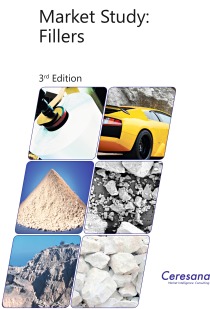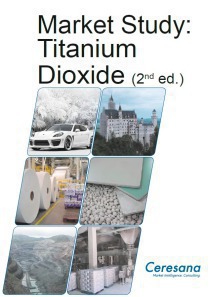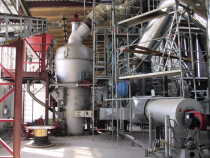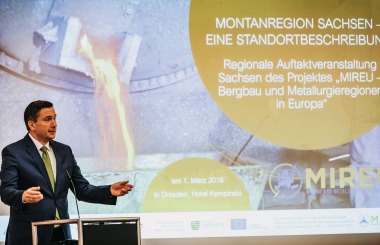Ceresana analyzes the European market for fillers
31.07.2019Fillers not only make many products cheaper, they often also improve their properties, such as stability, weather-resistance, and electrical conductivity, of numerous products. Ceresana has already analyzed the global market for these important materials several times. Now, the market research company publishes a study on the European fillers market for the first time: European demand for ground calcium carbonate (GCC), precipitated calcium carbonate (PCC), kaolin, talc, carbon black, and other fillers will presumably increase to about 18 million tonnes in 2026.
Elastomer Producers Are Major Consumers
In the current filler study, the individual application areas are analyzed in detail. The most important applications for fillers are the production and processing of paper, plastics, paints and varnishes, elastomers as well as adhesives and sealants. The main use in Western and Eastern Europe is quite different: In Western Europe, most fillers are used in the paper industry, while in Eastern Europe, producers of elastomers account for the highest demand. In Europe, the elastomer industry was the major consumer in 2018 with a demand of about 4.3 million tonnes.
Calcium Carbonate And Kaolin For Plastics And Paper
With a market share of about 38 %, the most commonly used filler on the European market is ground calcium carbonate (GCC). In 2018, about 22 % of total European demand for GCC were utilized in Germany. The largest consumer of GCC is the segment plastics, which is likely to increase its demand for fillers even further. The segment paper ranked second, followed by the segment adhesives and sealants. Until 2026, Ceresana forecasts an annual increase of GCC at rates of 1.3 %.
The second largest fillers market is Kaolin with a total European demand of about 2.9 million tonnes. Germany is again the major consumer. The most important application area is the paper industry: Kaolin makes paper more opaque, whiter, and increases the bulk density. The filler also gives the paper a smoother surface as it fills the cavities between the fibers.
Precipitated Calcium Carbonate (PCC) is the third largest sales market. PCC has many properties that are similar to natural GCC, but offers, for example, a lower abrasive effect and a higher chemical purity. Various parameters of PCC can be adjusted to exact applications. PCC is mostly used for paper production, followed by paints and coatings.
Positive Forecasts
Market researchers at Ceresana expect a positive development for the European fillers market for the upcoming years. Until 2026, demand for fillers should increase by about 1.1 % per year. Germany will presumably remain the most important sales market and the elastomer industry the most important application area for fillers in Europe.
The Study in Brief:
Chapter 1 provides a description and analysis of the European market for fillers – including forecasts up to 2026. For 22 European countries, demand in tonnes and revenues in euros are given. Furthermore, the European and country-specific demand per product type and application area is analyzed. The following filler types are examined in detail:
• Ground Calcium Carbonate (GCC)
• Precipitated Calcium Carbonate (PCC)
• Carbon Black
• Kaolin
• Talc
• Other Fillers
The analyzed application areas are:
• Paper
• Plastics
• Paints and Coatings
• Elastomers
• Adhesives and Sealants
Chapter 2 analyzes the 22 most important countries and their filler revenues and demand. Demand is split by individual applications and product types; the demand of the particular product type split by applications is analyzed. Additionally, all important manufacturers of fillers are listed according to countries.
Chapter 3 provides useful profiles of the largest manufacturers of fillers, clearly arranged according to contact details, turnover, profit, product range, production sites, profile summary, and product types. In-depth profiles of 56 producers are given, including BASF SE, Calcit d.o.o., Carmeuse S.A., Compagnie de Saint-Gobain S.A., HeidelbergCement Group, Imerys SA, LKAB Minerals AB, Nordkalk Corporation, Omya International AG, and Quarzwerke GmbH.
https://www.ceresana.com/en/market-studies/chemicals/fillers-europe/




